Ensuring your order fulfilment process is the best it can be is a top priority (or should be!) for any warehousing fulfilment, warehousing distribution or order fulfilment company. In fact, here at Prolog Fulfilment, we think of the order fulfilment process as more of a client satisfaction fulfilment process; if our clients’ customers enjoy a positive customer experience when ordering from them, our clients are also happy.
What Steps Make Up the Order Fulfilment Process?
A typical order fulfilment process goes like this:
- Our client’s customer places an order with our client online, over the phone, or by email.
- Our client processes the order in their system, for example, their ERP (Enterprise Resource Planning) or accounting system.
- Our client lets their customer know that their order has been received.
- Our client then sends us a request to fulfil the order. Depending on what the item being ordered is or who the client is, a paper order is either sent from our client to our warehouse as part of a batch or sent to us from our client’s invoicing or sales management system.
- The item(s) being ordered is then picked by our team. This involves a member of our staff going into our warehouse, locating the item(s) being ordered and retrieving it/them from the shelf.
- The item(s) ordered is then packed in the appropriate packaging to get it ready for the shipping process.
- The item(s) is then shipped (that is, transported) to our client’s customer.
- Our client informs their customer that their order is on its way to them.
- The item(s) arrive with our client’s customer intact and on time.
How is the Success of a Company’s Order Fulfilment Process Judged?
Not many warehousing distribution or fulfilment management companies would dispute the fact that the coveted holy grail quartet of order fulfilment success lies in achieving:
- The customer/client’s customer receiving the right items — that is, exactly the items they ordered.
- The customer/client’s customer getting their purchase within the expected and promised timeframe.
- The items that the customer/client’s customer receives being intact and completely free of any type of damage.
- The customer/client’s customer also getting a copy of all the right paperwork and invoice for the item they ordered.
Our friends across the pond even have their own perfect order metric (POM), with the American Warehouse Education and Research Council’s (WERC) defining the perfect order metric as the ideal order being delivered to the customer:
- Complete
- On time
- Undamaged
- Accompanied by the correct documents and invoice
It’s tricky to accomplish an extremely high POM percentage figure because the final formula to calculate it involves multiplying the above four metrics together. For example, if the orders delivered within a certain timeframe achieved a 99% completion rate, 99% ‘on-time’ rate, 99% undamaged rate and 99% correct documentation rate on average, the overall POM number for that period of time would only be 96% (0.99 x 0.99 x 0.99 x 0.99).
How Do You Improve Your Order Fulfilment Process?
Now that we have established what the order fulfilment process involves, why it is important you do it right and examined the elements that make up a winning process, you’re probably wondering how to improve your order fulfilment process. The key to enhancing your fulfilment process lies in speeding things up and your staff never losing sight of taking the upmost care.
Ways your business can improve efficiencies in your order fulfilment process are:
Categorising the Items You Have in Stock and Logistical Storage:
Organising your inventory into groups (for instance, your most ordered items in one group and your less popular items in another group) helps guarantee quicker handling. If you place your most in-demand items in an area of your warehouse that is centrally located and easily accessible, they can be picked, packed and prepared for shipping as rapidly as possible. Items that are ordered less frequently can be stored in a different area of your warehouse. This is a quick win that can enhance order fulfilment efficiencies without requiring you to part with too much cash, plus it can save you money in terms of warehouse labour overheads.
Marrying Your Inventory and Logistics Systems with Clients’ Sales Order Management System/ERP System:
Fast order fulfilment is only possible if you know what is happening at all stages of the order fulfilment process in real-time. Integrating your systems so they seamlessly ‘speak to’ your clients’ systems keeps everyone up to date on an order’s progress, and allows your client to keep their customer informed, enabling them to track their order.
The blending of your systems and your clients’ means eCommerce customers browsing online can see what products are available and how many are in stock, whilst you and your clients can access an effectively shared stock management system. This complete end-to-end visibility provides trust between your business and your client and your client and their customer. When we feel informed, we feel in control. The integration gives your clients and their customers this control, keeping them satisfied with the service they’re receiving. As a bonus, seamless system integration can also provide you with more accurate reporting and a wealth of analytics, which can help better inform your decision-making in other areas of the business.
Embracing Modern Automation:
Futuristic robots and conveyor belts may spring to mind when you think of automation, but transitioning to mechanisation or utilising technology doesn’t have to be that complex or daunting. Even something as simple as using cost-effective, time-saving smartphone apps or scanners can increase efficiencies in your system, streamlining the input of inventory information as items arrive in your warehouse and the scanning of product details as they depart for shipping.
Ways your business can limit mistakes and damaged items throughout the order fulfilment process:
Hiring the Best People:
Ensuring you only recruit the best, experienced picking and packing staff and providing them with up-to-date training and best practice knowledge minimises the chances of items being damaged in transit. Qualified and reliable pick-and-pack staff are more likely to package fragile items correctly and take more care not to mix paperwork up. If items arrive at the end-user free of damage, they are less likely to be returned, helping you avoid a time-consuming and costly return and refund process.
We said at the beginning that Prolog Fulfilment regards the order fulfilment process as more of a client satisfaction fulfilment service. In the unfortunate event that an order is returned, make sure you have efficient return and refund policies in place, so your clients’ customers aren’t kept waiting. Perhaps invest in exception-based order management whereby you can automatically upgrade the shipping method so you can fulfil the order of a delayed item. Make sure you can appropriately remedy a mistake, should the order fulfilment process fail.
Above all, communicate clearly with your client, so they can keep their customer informed and can answer any of their questions.
We know most warehouse distribution companies claim to offer the most efficient and integrated order fulfilment service, but at Prolog, we really are specialists at what we do. So if you want to improve your order fulfilment process, get in touch today and we’ll be happy to start streamlining things for you!






